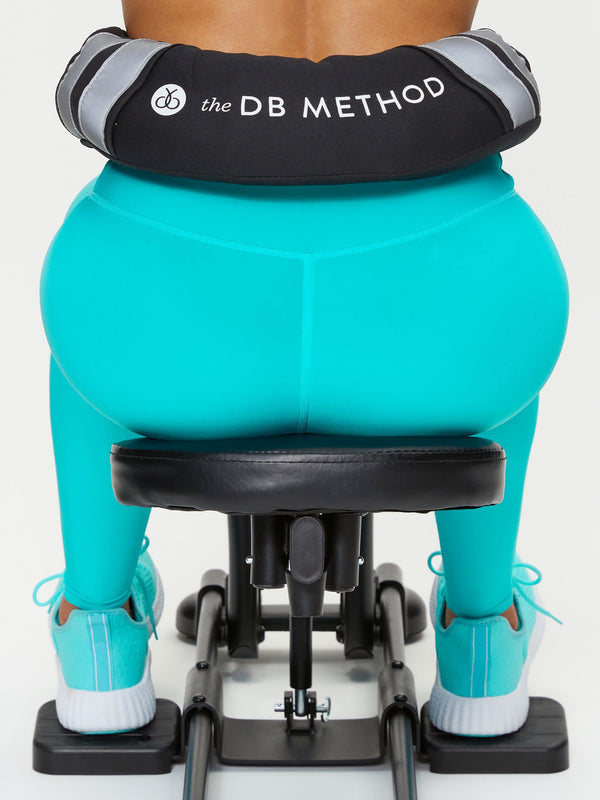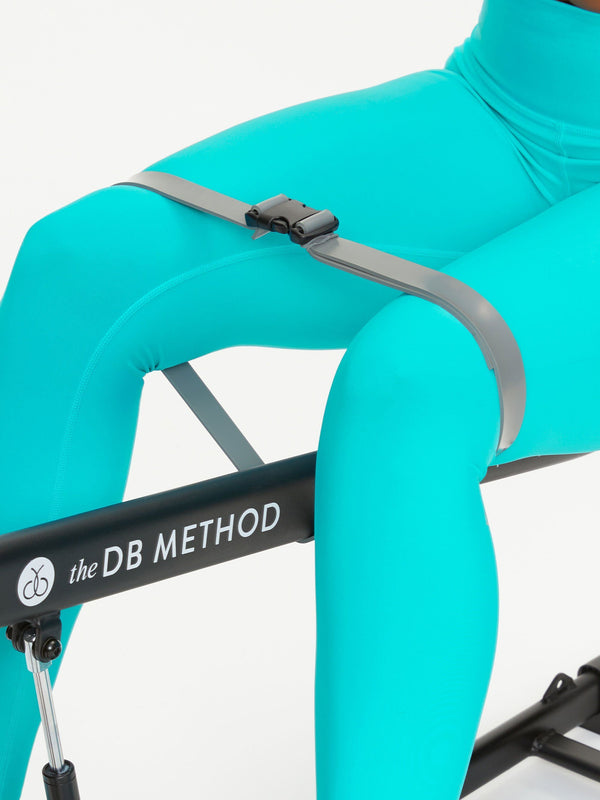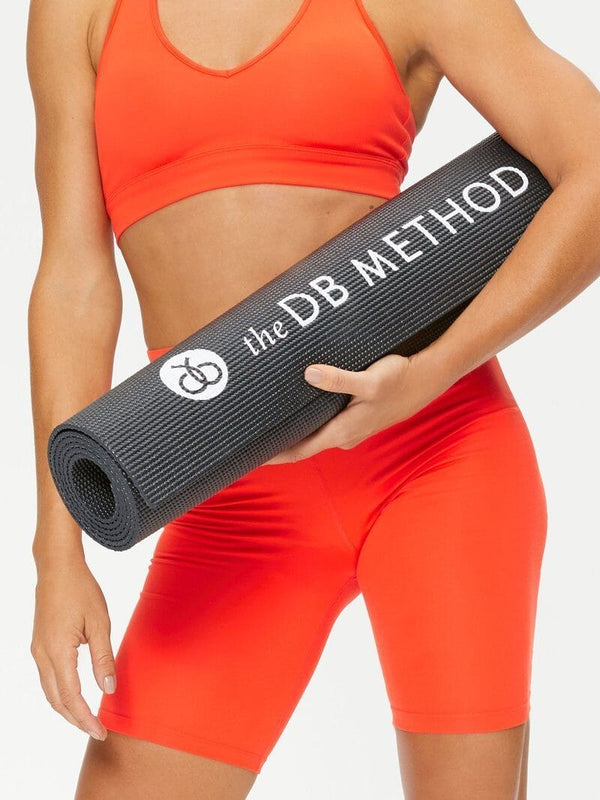Whether you want to tone and strengthen your legs, or improve athletic performance, barbell squats are a great full-body exercise that works your quads, glutes, hamstrings, calves, hip, back and core. Plus they’re easy to do and if you hold proper squat form, you may find other benefits.
Squats help avoid injuries (source) and will make you jump higher (source), sprint faster (source), and run longer (source). They also pay dividends in everyday activities like hiking up the stairs or picking up multiple kids without toppling to the ground. But you have to keep the right form so you engage the right parts of your body at the right time, and reduce your risk of hurting yourself. You can either hire a trainer, or use a squat machine like ours to build muscle memory and train your body.
Here’s how to do the standard barbell squat:
- Stand with your feet shoulder-width apart.
- Position the barbell across your shoulders, behind your neck.
- Descend as if you're sitting in a chair.
- Keep descending until your thighs are parallel to the ground.
- Pause and then push through your heels to stand up.
Once you get good at the standard barbell squat, you can modify it to focus on other key muscle groups. This allows you to emphasize certain muscles and work to correct imbalances. Here are five of our favorites.
Front Barbell Squat
This type of barbell squat moves the weight in front of your neck, which changes the center of balance versus the back squat. You might choose this for improved cycling performance because this change makes your quads work harder than the barbell back squat (source).
- Stand with your feet shoulder-width apart.
- Hold the barbell in the rack position with an open hand grip, elbows up, and chest up.
- Descend as if you're sitting in a chair.
- Keep descending until your thighs are parallel to the ground.
- Pause and then push through your heels to stand up.
Hack Barbell Squat
If you pulled a hamstring but still want to do some squats on leg day, then try the hack squat. This take on the barbell squat heavily targets the quads while taking a load off your back and hamstrings by changing the starting position with your body at an angle to the floor, and your head slightly behind your heels.
Hack squats are also good for beginners because the use of a machine helps you balance while you get the motion down. If you’re at the gym, the smith machine will make sure you don’t go “head over heels” on your first rep.
- Place the bar from the smith machine across your shoulders behind your neck.
- Position your feet a few inches in front of your body so that when your thighs are parallel with the floor your lower legs are perpendicular to the floor.
- Descend as if you're sitting in a chair.
- Keep descending until your thighs are parallel to the ground.
- Pause and then push through your heels to stand up.
Sumo Squats
By spreading your feet wide apart, this variation really works your hip adductors (i.e. your groin muscles) throughout the squat. You’ll want to do lots of sumo squats if you play cut-to-run sports like soccer or hockey so you avoid hurting your groin, which is one of the most common athletic injuries (source).
- Stand with your feet slightly wider than shoulder-width apart, with your toes pointed outwards at a 45-degree angle.
- Place the bar either like you would in the back squat or the front squat depending on your preference.
- Move your body downwards, bend your knees, and push your hips away from your feet.
- Descend until your thighs are parallel to the ground.
- Push through your heels to stand up.
Unilateral Split Squats
If you need to fix muscle imbalances between legs, then split squats are for you since you can focus on one leg at a time. Plus, because your feet are front and back versus side to side, splits will help you improve your balance.
This variation of the barbell squat is similar to the lunge except that your feet don’t move.
- Stand with one foot in front of you and one behind you.
- Position your front foot so that when your thigh is parallel with the ground your knee does not extend past your ankle.
- Place the bar either like you would in the back squat or the front squat depending on your preference.
- Descend until your front thigh is parallel to the ground and then push through your heel to return to the starting position.
- Switch legs and repeat.
Bulgarian Split Squats
Bulgarian split squats give you all the benefits of a unilateral split squat with the added bonus of a deeper stretch in your off leg. Choose this if you want to equalize the strength between legs while getting a great hip flexor stretch to counteract all those hours spent in a chair during the day.
- Stand with one foot on the floor in front of you and one with your toes on a bench behind you.
- Position your front foot so that when your thigh is parallel with the ground your knee does not extend past your ankle.
- Place the bar either like you would in the back squat or the front squat depending on your preference.
- Descend until your front thigh is parallel to the ground and then push through your heel to return to the starting position.
- Switch legs and repeat.
Now that you know how to do the classic barbell squat along with 5 variations, you’ll have no problem achieving your goal, whether it’s a faster 40-yard dash, a firmer backside with powerful legs, or an easier time hiking the trail. Subscribe to our blog below for more workout and fitness tips like these.








